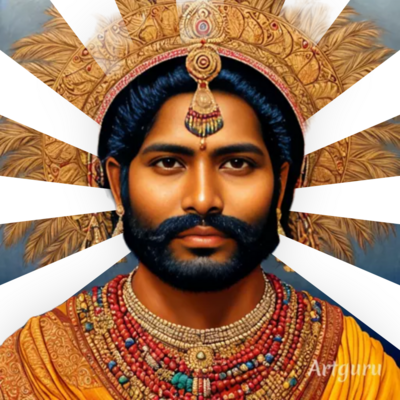The technology landscape is buzzing with three major innovations: artificial intelligence, large language models, and Web3. While these terms are often mentioned in the same breath at conferences and in investment pitches, their actual relationships are more nuanced than the hype suggests.
Where AI and Web3 actually intersect
Large language models like GPT-4, Claude, and Gemini represent a subset of AI focused on understanding and generating human language. These models are finding genuine applications in Web3 environments, particularly in making decentralized applications more user-friendly. Smart contract auditing tools now use AI to scan for vulnerabilities, while some decentralized autonomous organizations (DAOs) are experimenting with AI assistants to help members navigate governance proposals.
More practically, LLMs are being used to generate documentation for blockchain projects, translate complex smart contract terms into plain English, and even help developers write more secure code for decentralized applications.
The overstated connections
Much of the perceived synergy between these technologies stems from marketing rather than technical necessity. Web3’s core innovations—decentralization, blockchain consensus, and cryptographic security—don’t inherently require AI or LLMs to function. Bitcoin has operated successfully for over a decade without any AI integration.
The “AI-powered crypto trading bots” and “blockchain-verified AI models” often touted in the space represent surface-level integrations rather than fundamental technological convergence. Many of these applications could achieve similar results using traditional databases and standard algorithms.
Distinct value propositions
Each technology addresses different problems. Web3 tackles centralization and trust in digital systems. LLMs solve natural language understanding and generation challenges. Broader AI applications span everything from computer vision to robotics—most having little to do with blockchain technology.
The most promising developments may come not from forced integration, but from allowing each technology to mature in its own domain while selectively collaborating where it makes technical sense. The future likely holds more targeted partnerships than the all-encompassing “AI + Web3” revolution often promised in startup pitch decks.
As these technologies continue evolving, the most valuable applications will emerge from genuine technical needs rather than buzzword compatibility. Stay tuned as we talk more about AI and Web3!

Hi, I’m Owen! I am your friendly Aussie for everything related to web development and artificial intelligence.